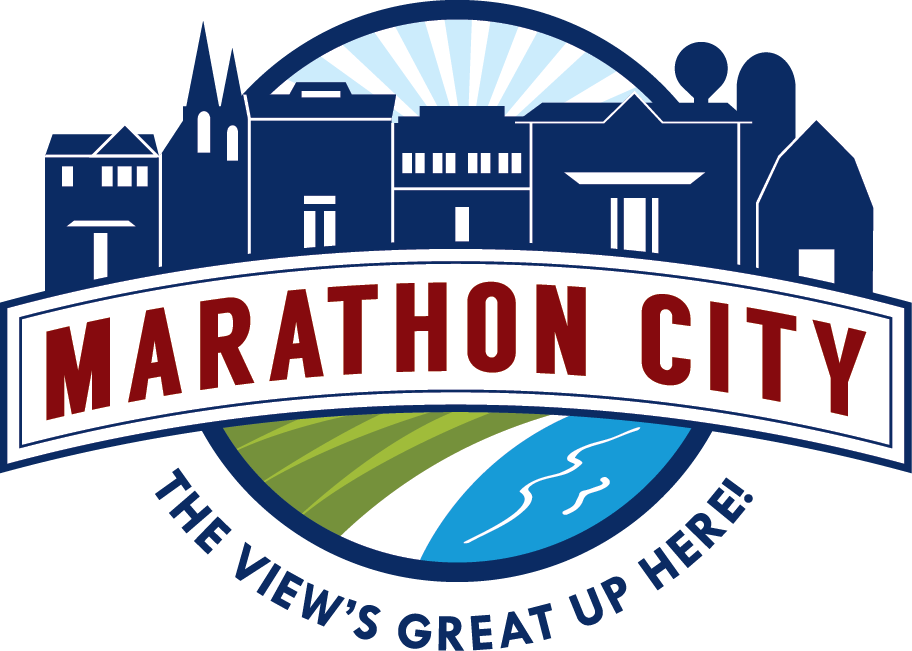History
In 1856, a group of German immigrants employed as tradesmen, laborers and mill workers in Pittsburgh, Pennsylvania planned a colonization scheme to give them an opportunity to improve their lives and that of their children. They had heard of good lands in Wisconsin and made up their minds to become farmers in the West. The group organized “The Pittsburgh German Homestead Society”, with each member paying into a common treasury a sum of one-hundred and ten dollars in return for eighty acres of land and one village lot.
The Pittsburgh German Homestead Society elected a committee that traveled to Wisconsin to locate land for the society. This committee arrived at Stevens Point, Wisconsin in 1856. They went to the Federal Land Office and took up three-thousand acres for the society in township twenty-eight, range six east (the present Town of Marathon and eastern two-thirds of the village).
The first colonists left Pittsburgh in the spring of 1857. Arriving at Mosinee they were told they could not reach their destination by any road or by steamboat. The only way to get there was by going through the woods or, what was recommended, by canoe up the Wisconsin and Rib rivers. The early settlers were followed closely by others who built cabins, cleared land and made a difficult livelihood out of the wilderness. Many of the pioneers had to seek employment in the logging camps and lumber mills that were springing up in the surrounding forests.
Slowly but surely the little village and the surrounding lands drew more settlers and development. A Catholic church was built in 1863. Shops, stores and other places of business started to appear. The Rib River was harnessed to run the Henry Fricke grist mill in 1870. The Marathon City Brewing Company was established in 1881. The Lemmer saw mill was built in 1882.That year the community celebrated the twenty-fifth anniversary of its settlement.
By 1884 the village had grown large enough that its leaders petitioned to incorporate the Village of Marathon City as a separate political entity from the Town of Marathon. Progress continued with the arrival of the railroad in 1891, bringing more settlers and business opportunities. The Menzner Lumber & Supply Company was incorporated in 1894 and continues to operate to this day. The company’s offices are located in the red brick house built by Henry Fricke in 1875. The Marathon State Bank was organized in 1905. Several doctors and dentists set up their practices in the village. Public and parochial schools were established and built. In 1911 the twin steeple, red brick structure of St. Mary’s Catholic Church was built. This landmark still dominates the village’s hillside.



The development of agriculture in the surrounding area has helped the village grow. First wheat and then dairy farming provided area farmers with their livelihood. A large creamery in the village and small area cheese factories bought their raw milk for processing. Beginning in the 1950’s, a new crop, ginseng, began to dominate the areas economic interest. Many area residents grew this mysterious and lucrative root crop and sold their harvest to traders who came to their doorstep from the Far East.
Since its founding, Marathon City has been known for the hard work and entrepreneurial drive of its residents. Menzner Lumber a fourth generation family business was founded in 1894 and is the oldest operating business in Marathon City. County Materials Corporation and Marathon Cheese Corporation were both founded by village residents just after the end of World War II and still family owned. These three companies have grown into multi-state operations, and continue to be headquartered in Marathon City. Our community continues to prosper and its history is still being written.
